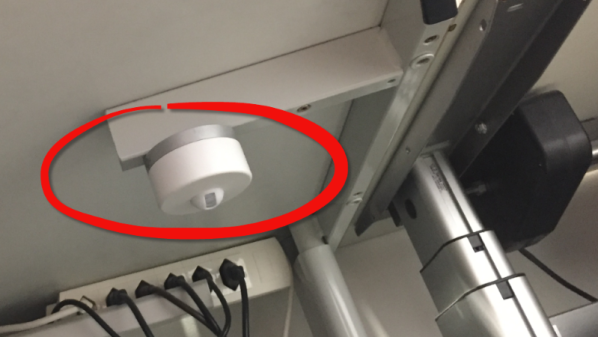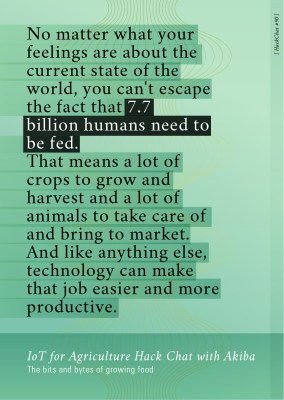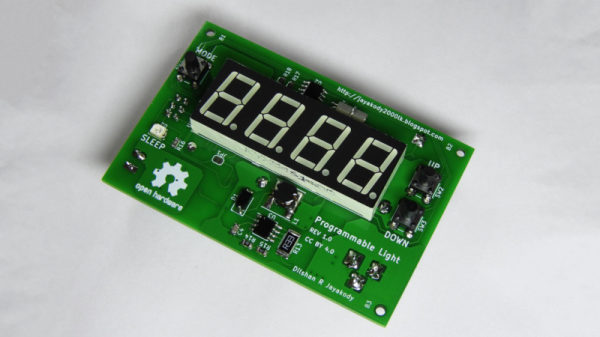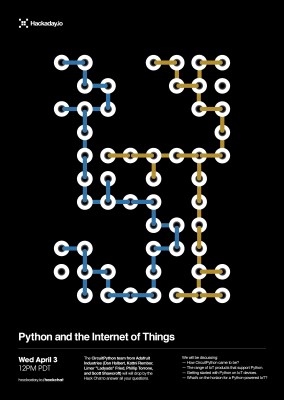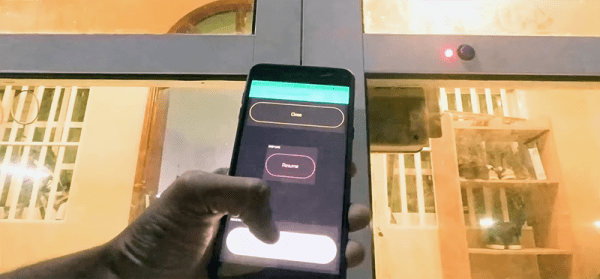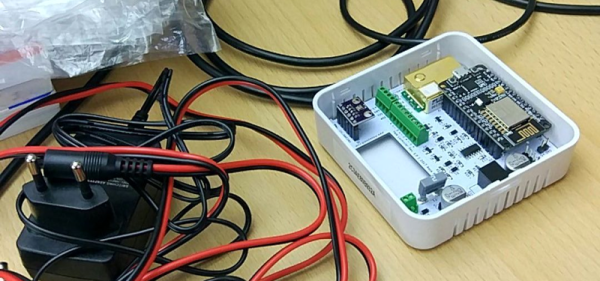Okay, we’ve just left May and stepped into June, why are we talking about Arduino Day — traditionally a March 16th event where makers congregate and share projects? I live in Ho Chi Minh City, and the event tends to take place in mid-May, but the enthusiasm and collaborative spirit are just as strong. Organized by the awesome local maker group Fablab Saigon with the venue provided by Intek Institute, there were some neat projects on display along with some talks from local companies.
The first thing that struck me about the event was how young the maker movement is here – most attendees were still in high school or early university. By contrast, I was 23 when I first learned to use AVR microcontrollers with assembly language (by the time Arduino started to get traction the boat effectively missed me). I couldn’t help but feel like a bit of a relic, at least until we all started talking excitedly about robots (I had brought a couple). It seems that geeking out about electronics is the great equalizer which knows no age limits.
Continue reading “Fablab Saigon Celebrates A Belated Arduino Day”


